|
Smoke Alarms! Well, we also call them smoke detectors but, in all reality, they are smoke alarms. They are designed to alert you to the presence of smoke which is usually a rather good indicator of a fire either in the flame or smoldering stage. Smoke alarms save lives. Smoke alarms that are properly installed and maintained play a vital role in reducing fire deaths and injuries in homes and commercial buildings. If there is a fire in your home, smoke spreads fast and many the smoke will proceed the visible fire and you need smoke alarms to give you time to get out. Facts and figures about smoke alarms:
Did you know that smoke alarms have an expiration date! On the back of most smoke alarms you will find a date of manufacture or the alarms expiration date! After about 10 years smoke alarms have lost a large percentage of their sensitivity and should be replaced! So not only do you need to replace those batteries every year, you might also need to change out those smoke alarms! Most homes built in the past 20 years will have an alarm in each bedroom, hallway, bonus rooms, basements, and the garage. My home has 6 alarms and it is only an 1900sf home! Ionization vs photoelectric
The two most commonly recognized smoke detection technologies are ionization smoke detection and photoelectric smoke detection. Ionization smoke alarms are generally more responsive to flaming fires. How they work: Ionization-type smoke alarms have a small amount of radioactive material between two electrically charged plates, which ionizes the air and causes current to flow between the plates. When smoke enters the chamber, it disrupts the flow of ions, thus reducing the flow of current and activating the alarm. Download this chart on ionization smoke alarms (PDF, 943 KB). Photoelectric smoke alarms are generally more responsive to fires that begin with a long period of smoldering (called “smoldering fires”). How they work: Photoelectric-type alarms aim a light source into a sensing chamber at an angle away from the sensor. Smoke enters the chamber, reflecting light onto the light sensor; triggering the alarm. Download this chart on photoelectric smoke alarms (PDF, 782 KB). For each type of smoke alarm, the advantage it provides may be critical to life safety in some fire situations. Home fatal fires, day or night, include a large number of smoldering fires and a large number of flaming fires. You can not predict the type of fire you may have in your home or when it will occur. Any smoke alarm technology, to be acceptable, must perform acceptably for both types of fires in order to provide early warning of fire at all times of the day or night and whether you are asleep or awake. For best protection, it is recommended both (ionization and photoelectric) technologies be used in homes. In addition to individual ionization and photoelectric alarms, combination alarms that include both technologies in a single device are available. Information provided by the NFPA Well I'm sure we have all seen this type of statement on a brochure or on a listing before. Over the years I have learned that 75% of the time this is CODE for "Buyer beware" and it just makes me look a little harder to see what I can find that was covered up. Many times updates are only skin deep or what the eye can see. Have you ever heard this saying "You can put lipstick on a pig, but it is still a pig"! This is from a recent inspection, this was on a 125 year old home in historic East Nashville, TN. I have looked at many homes in this area and for the most they are all in the 100 year old range and those that have been properly updated are really fine homes. But, I have also found many where the owners or agents claim that they have been updated when I'm sure they meant to say that they have been freshly painted! The next few pictures are what I found in the basement of this updated home: Sump pump not working This is a 6x6 post newly installed and supporting the new master tub! New High Efficiency HVAC split system sitting in mud from being flooded because the sump pump was not working. Unit was distroyed and will need to be replaced.
 We had a home inspection and the home inspector said that the water heater needed an "Expansion Tank" installed on the cold water supply line. What does this mean? All tank type water heaters, regardless of heat source (gas, oil, electric, solar or indirect), can suffer the effects of thermal expansion. In every tank-type water heater, cold water is heated as it enters the water heater tank.. This increases the overall water volume and pressure inside the tank. For safety, the increase in volume and pressure must be relieved in some way. The most common is a dripping at the (temperature pressure relief)TPR valve. While this will reduce some of the pressure it can also damage the valve and prevent it from working properly. We've never had to have one before, so why now? Before major controls were placed upon city water supplies, it was possible for excess water pressure build-up in a water heater to flow back into the city water supply. This created a simple and efficient system for removing excess pressure in water heaters. Now most city water supplies are protected by backflow preventers at the meter or home. If a home has a pressure reducing valve (PRV) to reduce the city water pressure to a usable pressure inside the home this also acts as a backflow preventer. The installation of a thermal expansion tank in the cold water line of the water heater can protect the system from the damaging effects of thermal expansion and increased pressure. Most plumbers will install one for around $200 and if it is installed with a new water heater the cost is usually around $50 to $75 extra. The thermal expansion tank controls the increased pressure generated within the normal operating temperature range of the water heater. The small tank with a sealed, compressible air cushion provides a space to store and hold the additional expanded water volume.  A true southern summer delight that even Yankees end up loving! · 1 large green tomato. Sliced thin (1/4" slice is best) · 1 cup Corn meal (not cornbread mix) · 1 cup Buttermilk · Salt and Pepper. · Vegetable oil/Coconut oil. You will need enough to cover the bottom of a black iron skillet about 1/2". We also use olive oil(not EVO) instead of vegetable oil. I think that it really gives them a better taste. Slice the tomato into 1/4 slice. Salt both sides of the slices. Lay them on several paper towels with several paper towels on top. Then place a cookie sheet or jellyroll pan on top of the paper towels. Let them sit for about an hour or longer at room temp. This will soak up all of the excess moisture in the tomato. This is the most important step in the process! Heat the oil in a black iron skillet at med-high heat. If it smokes you have it too hot! If you are using olive oil you must watch the heat, it will burn quicker than vegetable oil. A another oil I like is Coconut oil! It seems to actually cook better. Mix about 1-teaspoon salt and pepper to taste in the cornmeal. Dip each slice into the buttermilk and then into the cornmeal. Set the slice aside on a cookie sheet. Once you have done this to all of the tomato slices, you will re-dip and coat the slices again. Immediately drop the slices into the hot oil and cook until golden brown. It will only about take 2 minutes per side. You must be careful because they will burn if you are not careful! Hint: Do not use a tomato if it has started to turn red. They do not cook well and they are mushy when you eat them. Green very firm tomato's work best. They can have a tinge of yellow and still work OK. 1 large tomato will make about 8+ slices or enough for two. 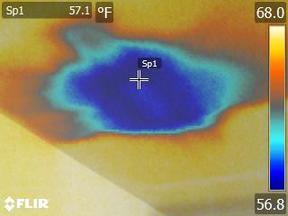 While performing an EIFS and moisture inspection on a seven year old home I discovered something that was very unique. After my exterior inspection and scanning of the EIFS with various moisture meters I moved to the interior. After looking at over 3500 EIFS structures since 1998 I have discovered that it is just as important to inspect the interior walls and to scan them with special moisture meters and with an infrared camera. Well what I found was not moisture, which I was actually looking for and expecting to find! I found a cold spot on the ceiling in one of the rooms in this home. It was about three feet out from the wall and in the middle of the ceiling. What had I found? I found an HVAC air duct supply register that had been covered over when the home was built and the drywall was installed. The drywall contractor just failed to cut the hole out for the register and covered it! Fast forward seven years…….. The home inspector that referred the buyer to me for the EIFS inspection noted that the room was a little warmer than the other rooms, but they failed to notice that the room had no HVAC supply register in the ceiling. That is why it was warmer than any other room in the home. It is a fairly easy fix but I still chuckle when I think about how many years went by and nobody ever noticed that the room did not have a supply register in the ceiling. |
AuthorScott Patterson has been a professional home inspector since 1995. Scott works out of the Greater Nashville TN area. Contact his team at Trace Inspections for all of your inspection needs. Archives
May 2024
|
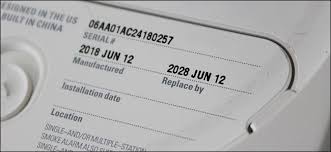
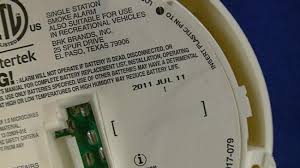
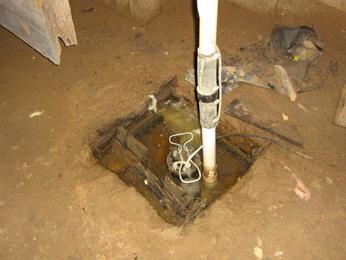
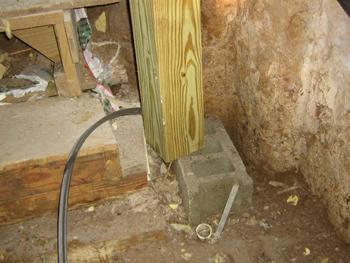
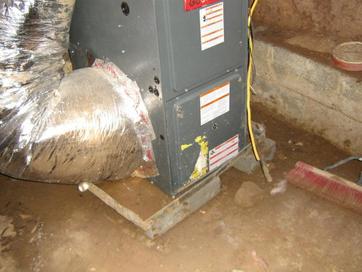
 RSS Feed
RSS Feed 